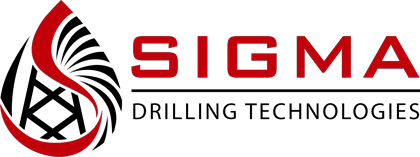Consumers of business news have had endless appetite for updates on the oil industry over the past year. The recovery of the international oil market, the way American drillers have been perfectly placed to take advantage of the rise in prices, and the boom in petroleum exports, have all made for exciting reading. As much coverage as there has been of the petroleum industry’s exploits, however, there’s one area that largely has been overlooked: the rise of American natural gas drilling industry.
Natural Gas Liquids
NGLs – ethane, butane, iso-butane, propane and natural gasoline – are the liquid components of the gaseous hydrocarbons extracted from deep underground. When these components are separated at the refinery, what remains is a mixture that is predominantly methane, the substance usually referred to as natural gas. It is this industry that is now at the center of a strong and sustained surge. The latest edition of the Natural Gas Liquids Primer, a publication of the U.S. Energy Information Administration, has helped set out in detail the surprising extent of the success that this industry has been seeing.
The Marcellus Shale, the largest NGL-bearing region of the country, is spread across Ohio, West Virginia and Pennsylvania (while it covers parts of New York, the state doesn’t exploit this resource). The Utica Shale in the northeast is the country’s other major NGL-bearing region. The productivity of these regions having become clearer over time, the Report foresees doubling in NGL output for the decade ending 2023. With much investment being pumped into fields in the region, production of usable end products is likely to rise as much as sevenfold. It’s a rise that has little precedent.
The Cost Advantage
According to a recent study named Benefits, Risks, and Estimated Project Cash Flows: Ethylene Project Located in the Shale Crescent USA versus the US Gulf Coast, published by IHS Market, there is a significant cost advantage that the NGL industry enjoys in comparison to the regular oil industry.
Plastic pellets used in industry, when made out of raw materials obtained at the Shale Crescent, can be 23% cheaper. Lower prices are a major draw to end users.
The cost of the feedstock that supplies the NGL industry is far lower than with petroleum. This results in end products that can be very competitively priced. Ethylene, a product obtained from ethane, for example, costs 23% less when obtained from the Shale Crescent than when obtained from the Gulf Coast.
NGLs Offer Greater ROI
American consumer demand adds up to ethylene worth $30 million each year; the Shale Crescent supplies much of this demand. A net present value of $930 million (before interest and taxes) has been forecast over the productive life of the project; the typical NPV for a project on the Gulf Coast, on the other hand, tends to be no more than $217.
This kind of spectacular abundance has led entities such as the Royal Dutch Shell to invest in petrochemical infrastructure in the region. China has a memorandum of understanding with West Virginia to invest close to $100 billion in the region, in chemical and shale-related production capacity over two decades.
According to Sigma Drilling Technologies, a major provider of dampener solutions and other dampener maintenance technologies for critical gas and petroleum drilling installations, it’s important to put the kind of abundance seen in the Marcellus region into perspective. If the region were a country, it would rank third in the world behind the U.S. and Russia in natural gas output.
It’s a good way to internalize the fact that the Permian Basin isn’t the only American petrochemical success story out there. To learn more about Sigma Drilling Technologies’ innovative solutions, call (281) 656-9298 to request a free demonstration.




